Teaching Traveling: Ever wonder what it takes to start a nonprofit? Natasha Wozniak is the founder of Sangsangai, an organization committed to rebuilding Nepal, one village at a time, after its devastating earthquake.
They also offer homestays as a way to support villages in the Himalayas, while offering travelers the opportunity to learn from the community.
Natasha, tell us about your background.

N: My first-ever trip outside of the U.S. was to Nepal in 1995. As a 19-year-old student, I found myself sitting on a porch of a village house, with no phone, electricity, or English speakers, feeling very out of my element.
At the time, I was also still grieving the loss of my father, who passed away when I was 13. However, by the time I left Nepal, after a year-long stay, I felt like a different person altogether.
Between the change of scenery and the naturally loving and welcoming people of Nepal, the Himalayan country had helped me heal.
After my second time in Nepal as a Fulbright scholar, I started a jewelry business in NYC, and taught jewelry-making to adults.
The designs I made in my studio were heavily influenced by the time I spent in Nepal. I worked directly with clients to make custom pieces, and sold to stores across the U.S.
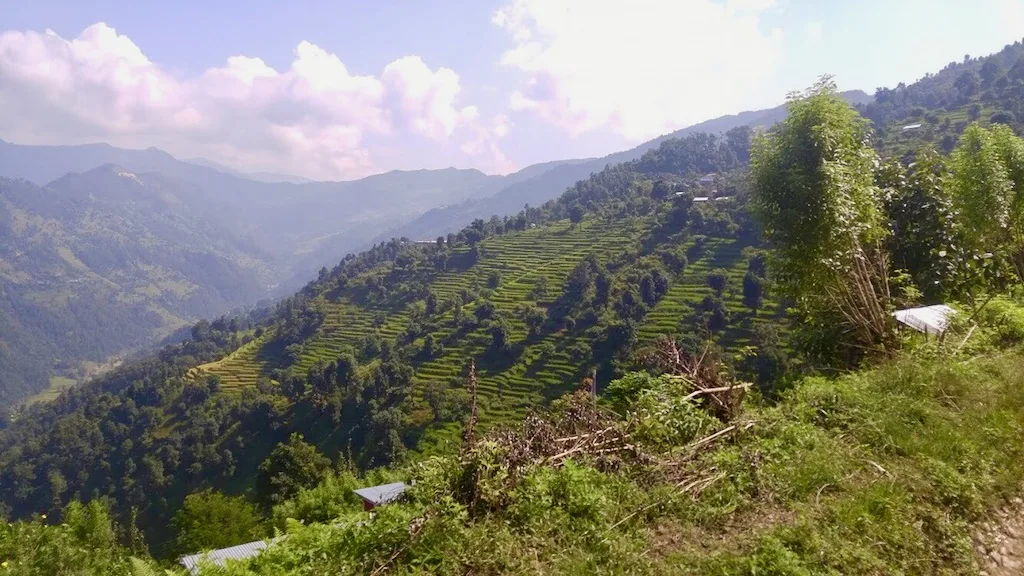
TT: Fascinating. How did you end up starting a nonprofit in Nepal?
N: In the aftermath of the 2015 Nepal earthquake, I was in touch with a man named Bibek K. Pandit. We had met during my original trip in 1995, when he was 4.
We teamed up to distribute relief supplies, and in the course of doing so, came up with the idea to rebuild a village. He had a connection to the village of Rainaskot in his home district of Lamjung, and I agreed to partner with him in rebuilding.
In late 2015, I made my first trip back to Nepal in 16 years. I knew Nepal had changed significantly and there were many emotions around knowing that I would be seeing the earthquake effects up close.
There was also excitement around reconnecting with all of the people I know and love, and meeting the villagers of Rainaskot for the first time.
Since then I have been back and forth once or twice a year, staying for up to 3 months at a time. Here is a video about Sangsangai’s rebuilding efforts in Rainaskot.
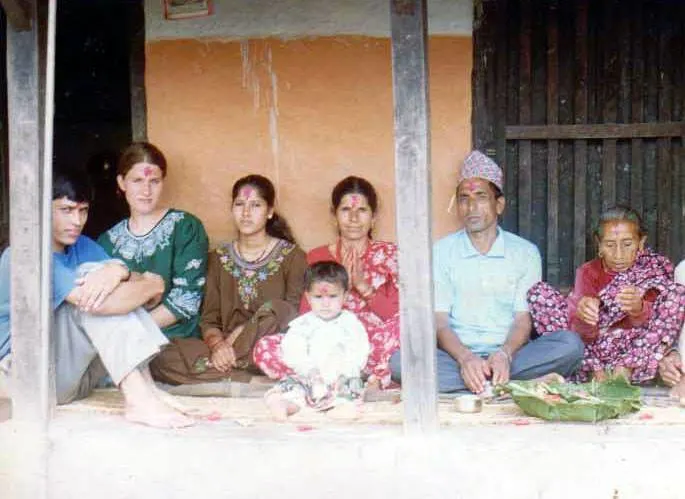
TT: Wow! How did you find the opportunity to travel to Nepal in the first place?
The original travel opportunity came when I saw a poster on the wall of my university advertising the study abroad program to Nepal.
My recent travels for the purpose of helping in Nepal result from being a co-founder and director of the organization Sangsangai. During my trips there, I collect materials to share with donors, meet with officials and the media, and travel to the village with my team.
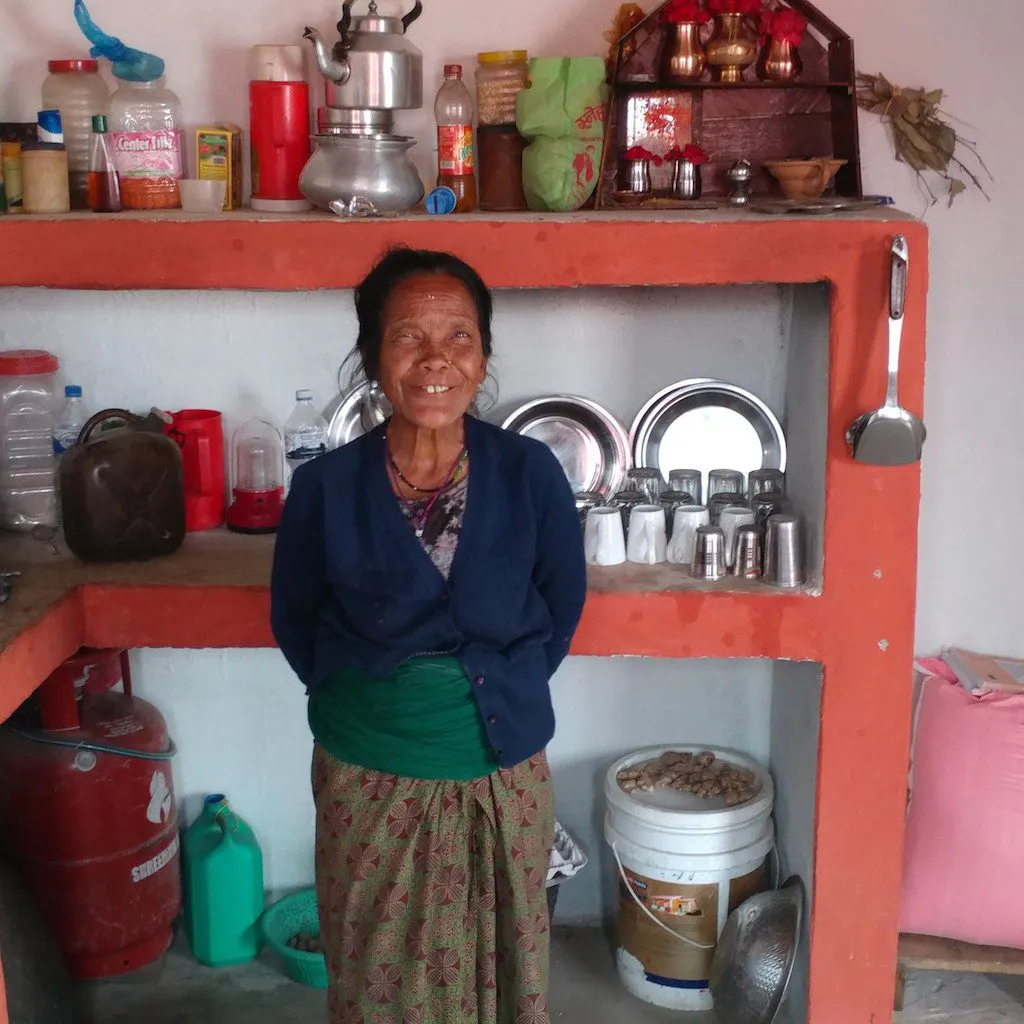
T: So interesting. How do you find the money to fund your travel?
N: The first trips after the earthquake were funded through my jewelry business income. I would make an appeal to my clients before my travels to generate extra sales to cover both my travel expenses as well as my expenses back in the U.S.
Now that we have registered as a non-profit organization and have a base of donors, my travels are funded by the organization, as I travel in my official capacity as the director.
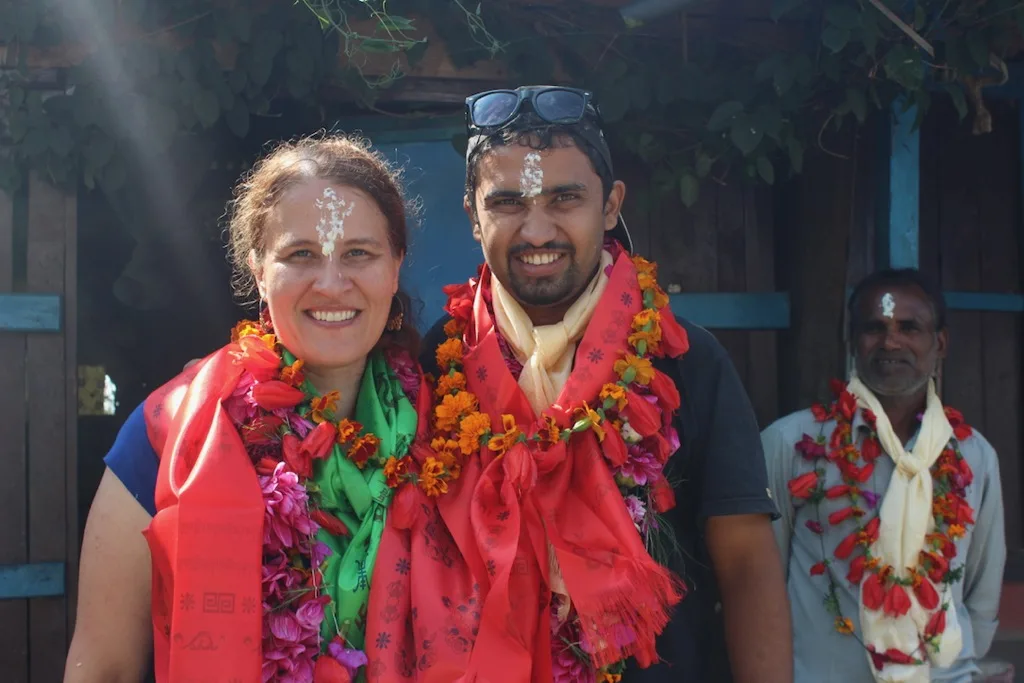
TT: Excellent. Tell us one moment from your travels that was particularly powerful.
N: It was October 2015, exactly 20 years after my very first trip to Lamjung. Bibek and I made the steep hike up the mountain to the village of Rainaskot.
It was a brilliant sunny day, typical of that season, with glimpses of the Himalayas. Construction had just begun, and he was excited to introduce me.
In the late afternoon, we arrived in the village of Rainaskot, and the elder women of the village were there to greet us with flower garlands. They quickly ushered us into one of the remaining structures, and sat us down in front of plates with offerings such as an oil lamp, flowers and rice.
At that moment I was given my Nepali name, Laxmi Gurung. Laxmi is the Hindu goddess of wealth and fortune, and as the fundraiser for their village, it suited me. Gurung is their ethnic group, and they made me one of their own by giving me this last name.
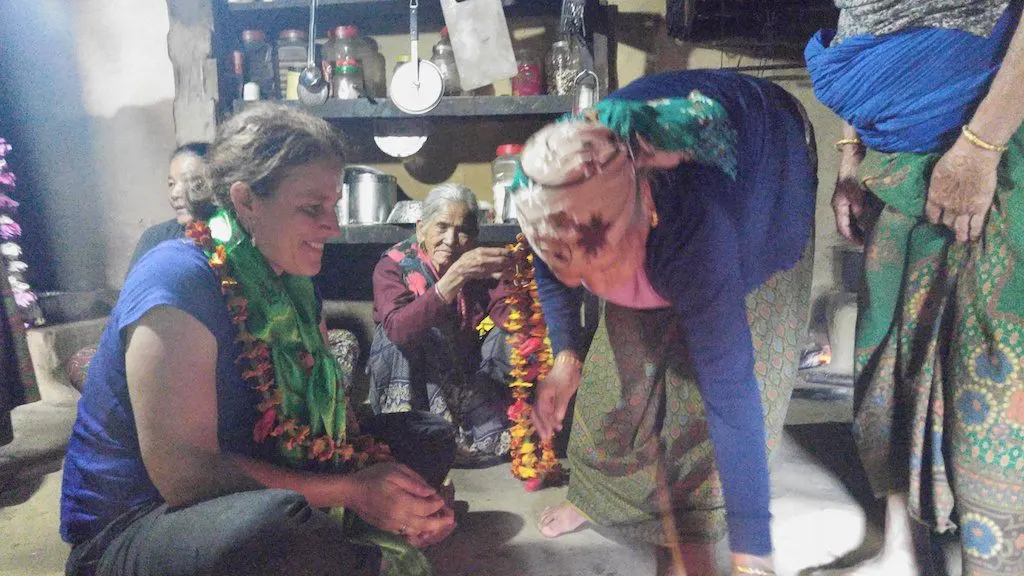
TT: Lovely! How have your travels impacted you in your career, and as a person?
N: That very first trip to Nepal planted the seed for what became a mission. Without that in-depth experience and my connection with Bibek, the earthquake would not have caused me to change careers and found a non-profit.
I was able to use all of the other skills and experiences I had developed in the meantime to create something new from scratch.
For many years I had wondered why I had invested so much time learning Nepali, but sitting in a community meeting or meeting with local officials, the pieces fall into place.

TT: Amazing. What advice do you have for teacher travel, or for travelers dreaming of getting more of an education in the world?
N: The first part of teaching in an international context is learning. Spend the needed time to listen, observe, and ask questions.
It’s important to keep an open mind especially when confronted with ideas about life and society that are seemingly opposite of our own. After observation, sometimes those ideas make more sense than at first appearance.
Before travel, it is good to do some research, but overdoing it can lead to having too much expectation, and expectation can rob the traveler of the joy that can be found from experiencing each moment.
TT: Thanks so much, Natasha! Readers, what comments or questions do you have?
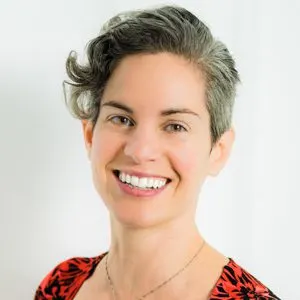
The author, Lillie Marshall, is a 6-foot-tall National Board Certified Teacher of English from Boston who has been a public school educator since 2003. She launched TeachingTraveling.com in 2010 to share expert global education resources, and over 1.6 million readers have visited over the past decade. Lillie also runs AroundTheWorld L.com Travel and Life Blog, and DrawingsOf.com for educational art. Do stay in touch via subscribing to her monthly newsletter, and following @WorldLillie on social media!

Natasha
Wednesday 22nd of August 2018
Thank you so much for sharing my story and experiences in Nepal. If anyone reading is headed to Nepal, I would be happy to share my insights into the life and culture there.
Lillie Marshall
Wednesday 22nd of August 2018
Thanks, Natasha!